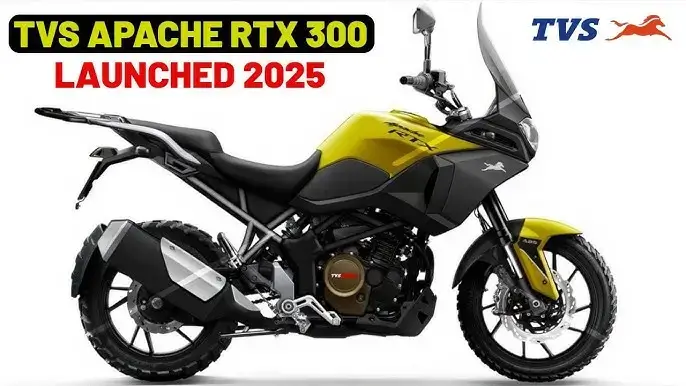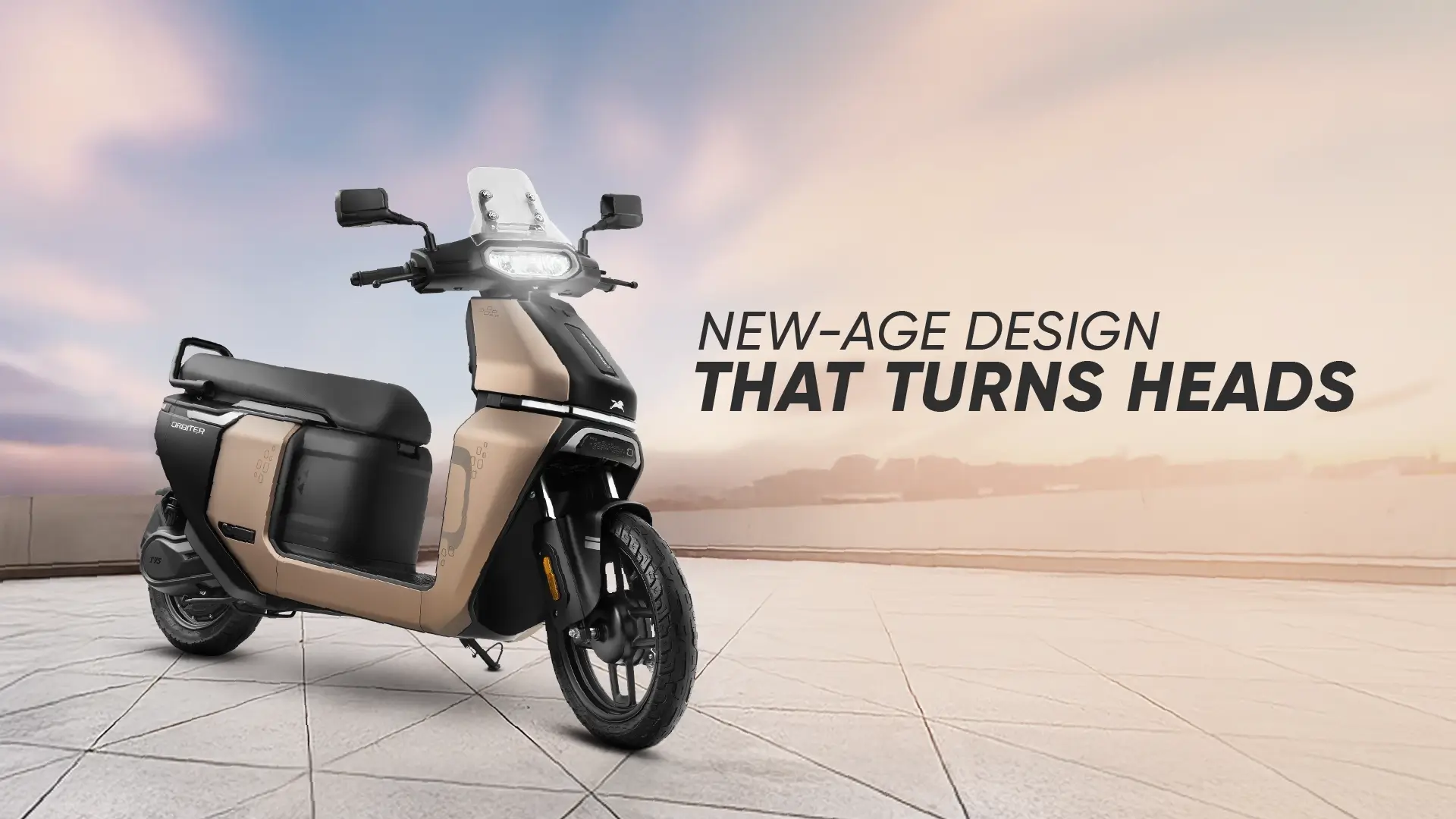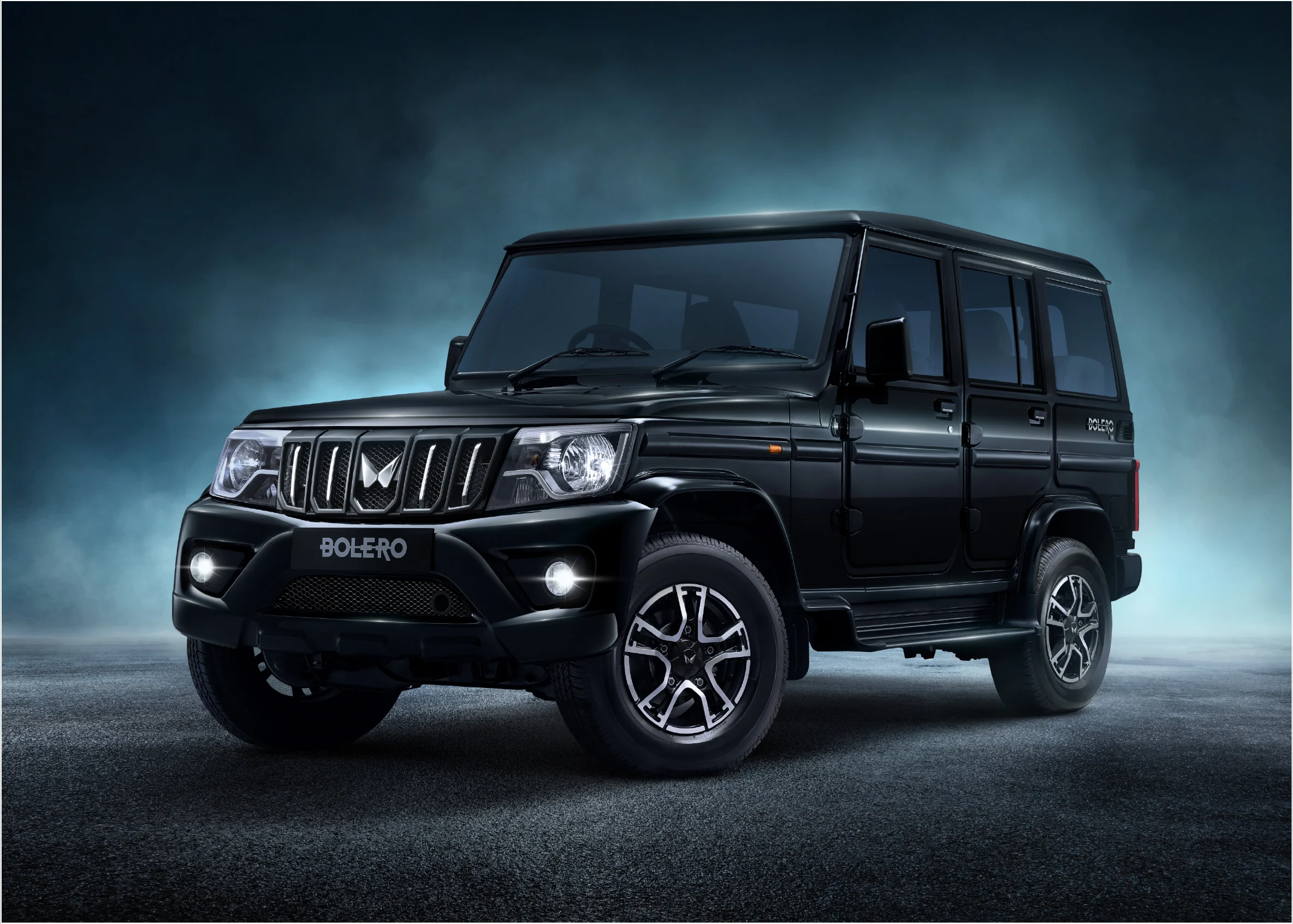Top 5 Long Range EVs in India for 2025
.webp
)
30 Jun 2025
Written by: BikeCarHub Editorial Team
Published on: 1th July 2025
Introduction
As India accelerates toward clean mobility, 2025 brings some of the best long range EVs yet. Here's a deep dive into the Top 5 electric cars that offer the highest real-world range, drawing from ARAI-certified, WLTP, and manufacturer-claimed figures:
1. Mercedes-Benz EQS 580 — Up to 677 km (ARAI)
- Range: 677 km (ARAI-certified)
- Battery: 107.8 kWh
- Class: Luxury electric sedan
-
Highlights:
- Best-in-class aerodynamic design and efficiency.
- Ultra-luxurious cabin—cutting-edge tech and supreme comfort.
- Fast charging: ~30 mins (10–80% via 200 kW DC).
- Considerations: Starting price ~₹1.55 Cr; exclusive executive segment.
2. Lotus Emeya — Approx. 610 km (WLTP)
- Range: 610 km (WLTP)
- Battery: ~102 kWh
- Class: High-performance luxury sedan
-
Highlights:
- Dual motor AWD delivering about 600 hp.
- Sleek aerodynamic design with premium in-car experience.
- Considerations: Premium price ~₹2.34 Cr onward; luxury positioning.
3. Kia EV9 — 561 km (WLTP)
- Range: 561 km (WLTP)
- Battery: 99.8 kWh
- Class: Large luxury electric SUV
-
Highlights:
- Family-focused with spacious interior and 7-seater layout.
- Fast charge; dual-motor AWD option.
- Launch price ~₹1.3 Cr.
- Considerations: Top-end luxury features, premium pricing.
4. Mahindra BE 6 / XEV 9e — 550–556 km
Mahindra BE 6
- Range: 556 km (ARAI, 59 kWh) / 550 km (WLTP, 79 kWh)
- Price: ₹18.9–26.9 L
Mahindra XEV 9e
- Range: 542 km (ARAI, 59 kWh) / 533 km (WLTP, 79 kWh)
- Price: ₹21.9–30.5 L
Highlights:
- India-focused engineering from ₹19 L upward.
- Feature-rich SUVs with spacious cabins and fast-charging.
- BE 6 undercuts XEV 9e on price with similar range.
Considerations: Relative new entrants; rapidly expanding MXUV lineup.
5. Tata Curvv EV — 502–585 km (ARAI)
- Range: 502 km (45 kWh) / 585 km (55 kWh)
- Battery Options: 45 kWh & 55 kWh LFP
- Class: Coupe-SUV
- Price: ~₹17.5 L (Creative 45 variant)
-
Highlights:
- Attractive range for price; strong 0–100 km/h in ~8.6 s.
- Fast charging 10–80% in ~40 mins at 70 kW.
- Modern design and practical interiors.
- Considerations: FWD only; premium trim cost yet to be confirmed.
Detailed Comparison
| Model | Battery (kWh) | Range (ARAI/WLTP) | Price (Ex-Showroom) |
|---|---|---|---|
| EQS 580 | 107.8 | 677 km (ARAI) | ₹1.55 Cr+ |
| Lotus Emeya | ~102 | 610 km (WLTP) | ₹2.34 Cr+ |
| Kia EV9 | 99.8 | 561 km (WLTP) | ₹1.30 Cr |
| BE 6 (59/79 kWh) | 59 / 79 | 556 / 550 km | ₹18.9–26.9 L |
| XEV 9e (59/79 kWh) | 59 / 79 | 542 / 533 km | ₹21.9–30.5 L |
| Tata Curvv EV | 45 / 55 | 502 / 585 km (ARAI) | ~₹17.5 L |
Driving Experience & Tech
Luxury Range Leaders (EQS, Emeya, EV9)
- Sleek design, early-stage fast charging (200 kW+).
- Advanced tech, ADAS features, high-grade interiors.
- Ideal for premium buyers with long-range needs.
Performance vs. Value EVs (BE6, XEV9e)
- Competitive ranges over 500 km with robust packaging.
- Fast-charging capable (~140–175 kW).
- Price starting under ₹20 L makes them compelling for wide adoption.
Coupé-SUV Value Proposition (Curvv)
- Excellent urban/highway balance with 585 km on higher battery.
- Sub-₹20 L pricing with fast charge and modern features.
- Efficient midsize SUV for family buyers.
Charging Infrastructure & Usability
- Fast charging ecosystems: EQS, Emeya, EV9 leverage 200–350 kW DC; BE6/XEV9e around 140–175 kW; Curvv at 70 kW.
- Real-world range may vary due to terrain, AC usage, and payload—expect 85–90% of certified numbers.
- Government support under FAME III continues to boost affordability and adoption.
Choosing the Right Long-Range EV
- Luxury Comfort & Prestige: Choose EQS, Emeya, or EV9—these offer unmatched refinement and range.
- Value-Priced Long Range: The BE6 and XEV9e deliver real 500+ km at mass-market prices.
- Balanced Daily Use: Curvv EV fits well as a stylish yet practical family EV with substantial range.
✅ Final Takeaway
2025 in India is the Year of Long-Range EVs. From ₹18 L BE6 delivering over 550 km, to ultra-luxury sedans like the EQS580 offering 677 km, there's an EV for every budget. As charging infrastructure grows and manufacturers focus on real-world performance, range anxiety is finally becoming a thing of the past.
Why Choose an EV Over an ICE Vehicle?
Here's why choosing an EV over an ICE (internal combustion engine) vehicle is a smart move—covering cost, performance, environment, convenience, and long-term value:
1. Much Lower Operating & Maintenance Costs
- Fuel running cost: In India, EVs typically consume ₹1–2/km, while petrol/diesel cars cost around ₹5–7/km.
- Maintenance savings: EVs have far fewer moving parts—no oil/filter changes, fewer brake replacements—which translates to 40–60% lower service costs.
Bottom line: Smaller daily expenses and less frequent servicing make EVs significantly more affordable over their lifetime.
2. Greater Energy Efficiency & Performance
- Efficient energy use: EV motors convert ~80% of electricity to wheel power compared to ~15–30% for ICE engines.
- Instant torque & smooth ride: Electric motors deliver instant acceleration from zero RPM, offering swift responses and quiet driving.
- Regenerative braking: Captures braking energy—reducing waste and extending range by up to 20%.
Bottom line: EVs are not just efficient—they're responsive and fun to drive.
3. Environmental & Health Benefits
- Zero tailpipe emissions: EVs reduce urban air pollution drastically by eliminating local exhaust pollutants and greenhouse gases.
- Lower lifecycle emissions: Even accounting for battery production and power generation, EVs emit 19–56% less CO₂ over their life in India—and up to ~52% less globally.
- Reduced brake dust: Regenerative braking cuts brake wear, leading to less particulate pollution.
Bottom line: EVs help improve air quality and reduce CO₂ emissions at every stage—from manufacturing to recycling.
4. Convenience & Grid Integration
- Smart charging: EVs can be charged at night at lower rates, and future vehicle-to-grid (V2G) capabilities may help balance power demand.
- Pre-conditioning comfort: Use apps to heat or cool your EV before you enter—no idling engines needed.
Bottom line: EVs integrate seamlessly into modern smart energy systems and offer lifestyle perks that ICE vehicles can't match.
5. Energy Security & Policy Incentives
- Reduced oil dependency: EVs lessen reliance on imported oil, aiding national energy security.
- Government benefits: Subsidies like India's FAME scheme, tax breaks, and lower registration fees make EVs more affordable.
Bottom line: EV adoption aligns with both national agendas and individual savings, offering financial and strategic advantages.
EVs vs ICE Cars: Summary Comparison
| Advantage Area | EVs | ICE Cars |
|---|---|---|
| Fuel Cost | ₹1–2/km | ₹5–7/km |
| Maintenance | 40–60% cheaper, fewer moving parts | Regular oil, filters, etc. |
| Energy Efficiency | ~80% efficient | ~15–30% efficient |
| Acceleration | Instant torque, smooth, quiet | Slower torque response, noisy |
| Emissions | Zero tailpipe, lower lifecycle CO₂ | High CO₂ & pollutant output |
| Convenience Features | App controls, V2G potential | Limited to traditional functions |
| Policy Benefits | Subsidies, tax incentives | None |
| Energy Independence | Boosts use of domestic electricity | Relies on imported oil |
✅ Final Verdict
Choose an EV if you care about long-term costs, environmental impact, driving enjoyment, and seamless tech integration.
Choose an ICE only if your priority is ultra-long-range travel in areas without reliable charging or if your upfront budget is ultra-constrained.
Between the lines, EVs offer a compelling package for the future—saving money, reducing emissions, and providing smoother, smarter driving.
BikeCarHub always recommends taking a test drive of both vehicles to feel the difference yourself before making a purchase.
Check other brands here
For Skoda Motors Click Here!
For Suzuki Motors Click Here!
Check other Vehicles on BikeCarHub





















































